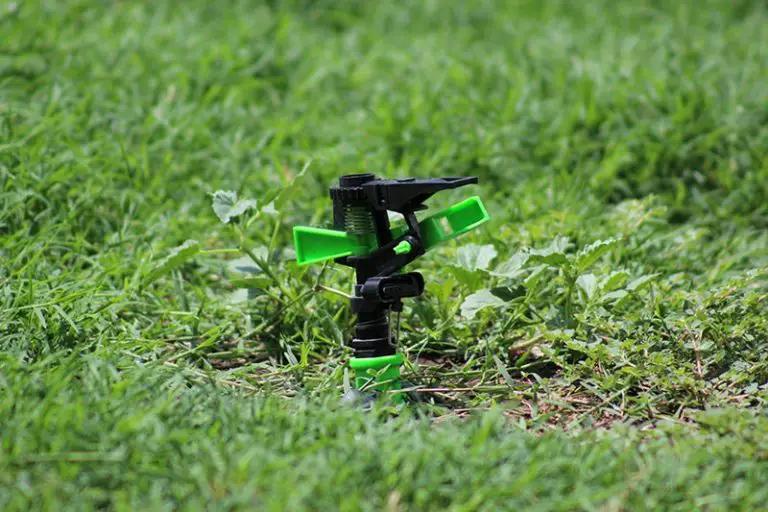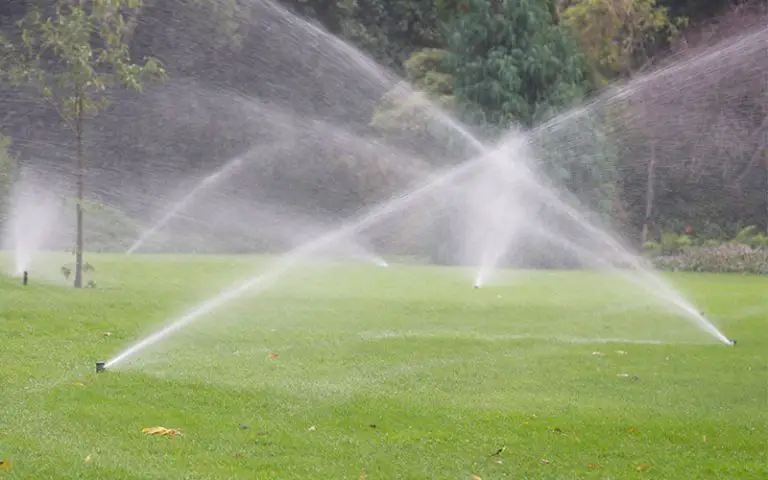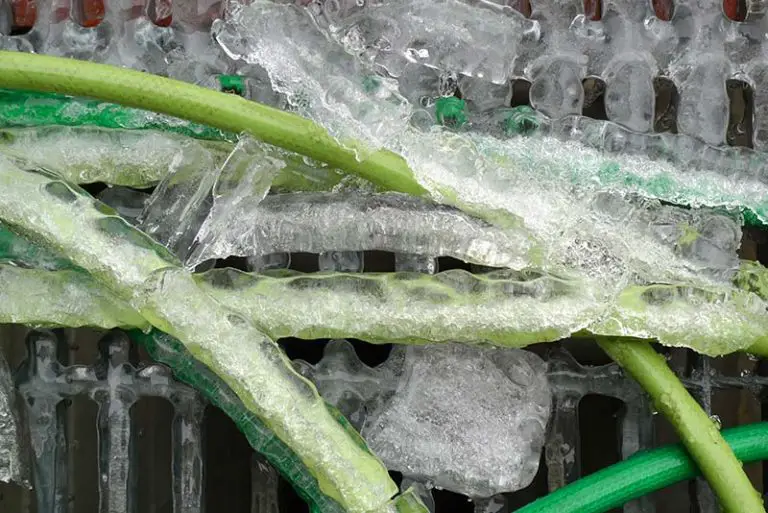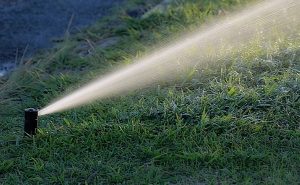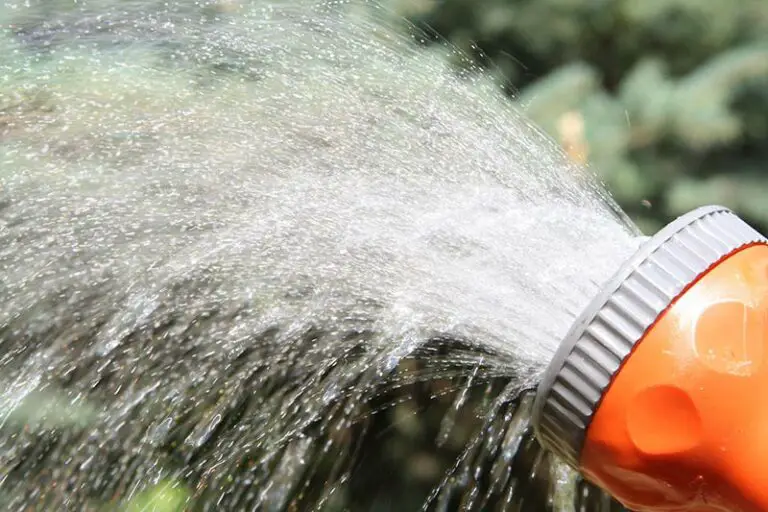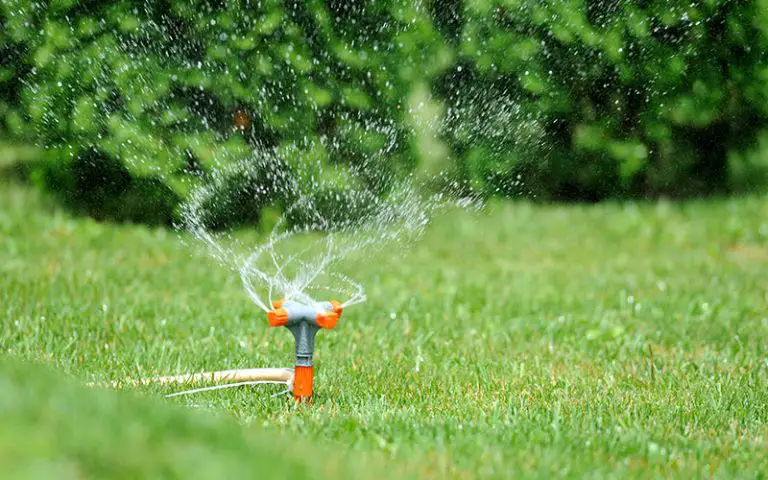How To Winterize a Sprinkler System
Winterizing your sprinkler system is one of the main tasks that needs to be undertaken in preparation for cold weather. The damage that can be done to a sprinkler system that hasn’t been properly prepped can lead to repair costs or replacement costs.
Winterizing your own sprinkler system is a quick and easy process that can save you money.
Winterizing a sprinkler system is a fairly simple task which involves shutting the water off, draining the system and ensuring that as much water as possible is removed from the system.
Why Should You Winterize a Sprinkler System?
Winterizing a sprinkler system is essential, especially if the climate that you live in will drop to freezing temperatures. As discussed in When Do Sprinkler Pipes Freeze, water is likely to begin freezing once the temperature drops to 32 degrees fahrenheit and below.
When water freezes, it expands. This is bad news for your sprinkler system if it hasn’t been blown before winter, as it can lead to a varying degree of damage to pipes, sprinkler heads and even valves if they haven’t been cleared of water beforehand.
The biggest risk to your sprinkler system is that of cracked or burst pipes due to the frozen water having no more space to expand, thus bursting the pipes. This can be an expensive and invasive repair to undergo, due to the complexity of removing and installing new pipes – especially those that are underground.
What is Winterizing a Sprinkler System?
Winterizing refers to the process of making sure that your sprinkler system is able to withstand the colder and freezing temperatures that often come along with winter. In order to ensure that a system is winterized, there needs to be no water in the pipes that can possibly damage them.
Sprinklers are very much a necessity during summer months to ensure that the lawn remains fresh and healthy, but aren’t necessary during winter months. This is partly due to the additional moisture in the air and the presence of additional rain and snow. Cold temperatures also mean that it’s less likely that the lawn will dry out. Overwatering during winter months could lead to your lawn dying, or the pooling of stagnant water.
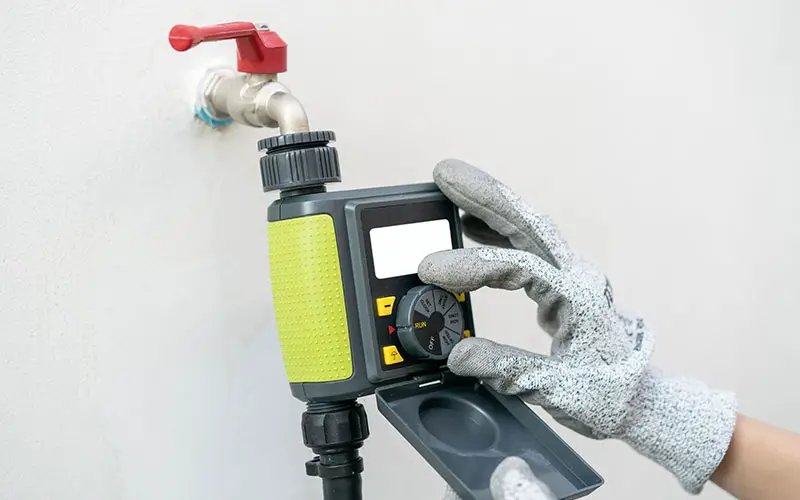
Winterizing a Sprinkler System
Several steps go into winterizing a sprinkler system, and there are sometimes multiple ways of completing some of these steps.
Shutting the Water Supply Off
Before doing anything else, make sure the water supply to your sprinkler system is switched off. This ensures that no additional water is likely to enter the system during the winter or whilst the system is being blown.
Turn the Timer Off
Turning the timer off will prevent the sprinkler system from trying to run whilst it’s cold. It also saves energy. Some systems have what is known as “rain mode” which means the system will shut down function but will retain its settings. Rain mode will provide the same amount of protection as turning the timer off will.
Drain the Water
There are a couple of ways to drain the water that may be lingering inside the system. Removing as much water as possible is the key to ensuring that there will be no damage to the sprinkler system. This step is the most daunting and time consuming of winterization, but it is arguably the most important.
Blow Out Draining
Blow out draining isn’t always advised, and it depends entirely on the sprinkler system’s capabilities as some systems aren’t built to withstand blow out draining. Blow out draining consists of using a compressor attached to the pipes to force the remaining water out of the system. Even though this method may seem simple enough, it does come with some drawbacks. The biggest ones being the potential damage it could do to your system, but also the effectiveness of this method. Blow out draining may seem like the best option based on concept alone, but in practice it can be very difficult to do correctly. For instance, it’s very difficult to find a compressor that will produce the strength needed to push remaining water out of a sprinkler system. Some people get around this by only blowing out certain sections at a time.
Automatic Draining
Some sprinkler systems offer automatic draining solutions for winterization purposes. Automatic draining, as the name suggests, happens automatically when pressure drops and the connection to the main valve is interrupted. This draining technique can sometimes also be activated by running a sprinkler head with no water.
Automatic draining will effectively evacuate the sprinkler lines, but water will also need to be removed manually from valves themselves. One way to help improve airflow to the valves and let water evaporate from them is by loosening the solenoid.
Manual Draining
Manual draining consists of opening the valves located at the lowest points of the sprinkler system and allowing the water to run out. Only some systems may have these valves built in and they are used for this purpose. As the system will be pressurized, make sure that you wear some sort of protection when opening these valves to let water out as it will exit at a great force. Once the water has run out, remember to close the valves back up again.
Insulate Above-Ground
Insulating the components that are above-ground improves the longevity of the equipment. Using either insulating tape or foam, make sure that the components that are above-ground are covered safely. Make sure to avoid wrapping or blocking any draining pipes or air vents. You can even purchase frost free faucets that will add additional protection to your system during winter.
Double-Check your Manual
Once you have winterized your system, check and double check your manual to ensure that the work that you’ve done is suitable for the system which you have installed. Whilst able to give a general overview of the ways in which sprinkler systems can be winterized, some systems may have different requirements or additional steps that need to be taken to ensure that they are safe during the winter.
When Should I Winterize My Sprinkler System?
A sprinkler system should be winterized before the first cold snap of the season. This means that you should be thinking about winterization during the early autumn, as temperatures start to fall.
When the temperature begins to drop during fall, begin to watch out for weather reports indicating any cold snaps. While it’s always good to prepare earlier in case of a sudden snap, this way you can put off winterizing your system for an extra couple of weeks. As soon as a cold snap is forecast, it’s recommended that you winterize your system as soon as possible in preparation.

